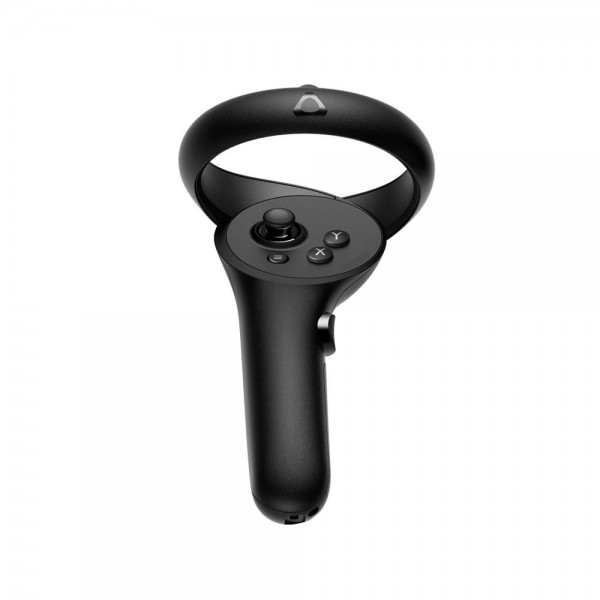Virtual reality (VR) and augmented reality (AR) offer immersive, interactive experiences in virtual environments. In order to enjoy these technologies, you need a VR, AR or XR headset: the main element for immersing yourself in VR or AR. In addition to virtual reality headsets, there are numerous peripherals that can enhance the comfort, performance, quality or variety of VR or AR experiences.
These virtual and augmented reality peripherals fall into several categories:
Haptic peripherals
Haptic peripherals are devices that enable you to experience tactile or haptic sensations in VR. These sensations can be vibrations, pressures or temperatures. Haptic peripherals offer greater immersion and realism in VR, by reproducing the physical sensations we would experience in the real world. They also enhance feedback and communication in VR, by transmitting information or emotions through touch.
Haptic gloves, for example, offer precise tracking of hands and fingers in VR, as well as haptic feedback and gesture control. They allow you to manipulate virtual objects with great finesse and feel their shape, texture or weight. Discover the SenseGlove Nova, a haptic glove that lets you feel and interact with VR.
Also discover the Stylus XR pen, a haptic peripheral that enables advanced motion tracking for 3D creation, design or visualization. This pen is compatible with the Hololens 2 VR headset.
Tracking peripherals
Tracking peripherals are devices that track the movements of the body or a part of the body in VR. These movements can be those of the head, eyes, hands or feet. Tracking devices offer greater interaction and freedom in VR, by reproducing the gestures and movements we would make in the real world. They also enhance immersion and realism in VR, by adapting image and sound to movement.
There are different types of tracking device, depending on how they operate:
- Inertial sensors: these are sensors that measure the acceleration and rotation of an object or body part. These sensors offer fast, precise tracking in VR, without the need for complex installation or dedicated space. They can track head, hand or foot movements in VR. For example, the HTC VIVE Tracker 3.0 is an inertial sensor that can track any object or body part in VR4.
- Optical cameras: these are cameras that capture images of an object or body part. These cameras offer faithful and complete tracking in VR, using markers, LEDs or recognition algorithms. They can track eye, face or whole-body movements in VR. For example, the HTC VIVE Facial Tracker is an optical camera that tracks facial expressions in VR.
- Base stations: these are stations that emit infrared or laser signals towards an object or body part. These stations offer stable, robust tracking in VR, using photodiodes or optical sensors. They can track head, hand or whole-body movements in VR. For example, the HTC Base Station 2.0 is a station that can track up to 16 m² in VR.
Joysticks
Joysticks or controllers are devices that allow you to interact with virtual content in VR, using buttons, joysticks, or triggers. These joysticks offer simple, intuitive interaction in VR, using familiar or context-sensitive controls. They also enable you to experience haptic sensations in VR, using vibrations. They are generally supplied with VR headsets, but are also available separately and compatible for several virtual reality headsets.
These controllers are designed specifically for VR, with a more elaborate design and a greater number of buttons. These controllers offer a more advanced and immersive interaction in VR, using controls adapted to virtual scenarios. They also enable you to feel forces in VR, using integrated actuators. For example, Meta Quest Touch pro controllers are adapted controllers that can be used with Meta Quest Pro and Meta Quest 2 headsets.
read less keyboard_arrow_up
































































